Array Reduce Transformation | #2626 | LeetCode Solution
Author: neptune | 09th-Sep-2023
Problem : Array Reduce Transformation | #2626 | LeetCode
Given an integer array `nums` and a reducer function `fn`, and an initial value `init`, return a reduced array.
A reduced array is created by applying the following operation: val = fn(init, nums[0]), val = fn(val, nums[1]), val = fn(val, nums[2]), ... until every element in the array has been processed. The final value of `val` is returned.
If the length of the array is `0`, it should return `nit`.
Please solve it without using the built-in `Array.reduce` method.
Example 1:
Input: nums = [1,2,3,4]
fn = function sum(accum, curr) { return accum + curr; }
init = 0
Output: 10
Explanation:
initially, the value is init=0.
(0) + nums[0] = 1
(1) + nums[1] = 3
(3) + nums[2] = 6
(6) + nums[3] = 10
The final answer is 10.
Example 2:
Input:
nums = [1,2,3,4]
fn = function sum(accum, curr) { return accum + curr * curr; }
init = 100
Output: 130
Explanation:
initially, the value is init=100.
(100) + nums[0]^2 = 101
(101) + nums[1]^2 = 105
(105) + nums[2]^2 = 114
(114) + nums[3]^2 = 130
The final answer is 130.
Example 3:
Input:
nums = []
fn = function sum(accum, curr) { return 0; }
init = 25
Output: 25
Explanation: For empty arrays, the answer is always init.
Solution:
/**
* @param {number[]} nums
* @param {Function} fn
* @param {number} init
* @return {number}
*/
var reduce = function (nums, fn, init) {
var val = init;
for (let i = 0; i < nums.length; i++) {
val = fn(val, nums[i])
}
return val
};
Explanation:
Let's break down the code step by step:
1. The code defines a function called `reduce`, which is similar in concept to JavaScript's built-in `Array.prototype.reduce` method. It takes three parameters:
- `nums`: An array of numbers.
- `fn`: A function that will be used to reduce the array.
- `init`: An initial value that serves as the starting point for the reduction.
2. Inside the `reduce` function, a variable `value` is declared and initialised with the value of `init`. This variable will be used to accumulate the result of the reduction operation.
3. The function enters a `for` loop that iterates through each element of the input array `nums`. The loop is controlled by the variable `i`, which starts at 0 and goes up to the length of the array.
4. Inside the loop, the `fn` function is called with two arguments: the current value of `val` (which starts as `init`) and the current element of the array `nums[i]`. The purpose of this call is to allow the `fn` function to operate on the current value and element and return a new value that will become the updated value of `val`.
- `val = fn(val, nums[i])`: This line assigns the result of `fn(val, nums[i])` back to `val`, effectively updating `val` with the result of the function call.
5. The loop continues to iterate through the array, and the `fn` function is applied iteratively to each element in the array, updating the `val` variable in each iteration.
6. After the loop has processed all elements in the input array `nums`, the `val` variable contains the result of the reduction operation.
7. Finally, the `val` variable, which now holds the reduced value, is returned as the result of the `reduce` function.
In summary, the `reduce` function takes an array, a reduction function (`fn`), and an initial value (`init`). It iterates through the array, applying the reduction function to each element and accumulating the result in the `val` variable. The final `val` value represents the result of reducing the array according to the logic defined in the `fn` function.
#JavaScript #AI #Python #Hackerrank #Motivation #React.js #Interview #Testing #SQL #Selenium #IT #LeetCode #Machine learning #Problem Solving #AWS #API #Java #GPT #TCS #Algorithms #Certifications #Github #Projects #Jobs #Django #Microservice #Node.js #Google #Story #Pip #Data Science #Postman #Health #Twitter #Elon Musk #ML
 Generate Fibonacci Sequence - JavaScript | Hackerank
Generate Fibonacci Sequence - JavaScript | HackerankAuthor: neptune | 07th-Apr-2023
#JavaScript #Hackerrank
Write a JavaScript function fibonacciSequence() to generate a FIbonacci sequence...
 Managing Virtual Environments in React JavaScript Projects
Managing Virtual Environments in React JavaScript ProjectsAuthor: neptune | 28th-Jun-2023
#JavaScript #React.js
Virtual environments are a valuable tool in React JavaScript projects as they allow developers to isolate dependencies, manage package versions, and maintain project consistency...
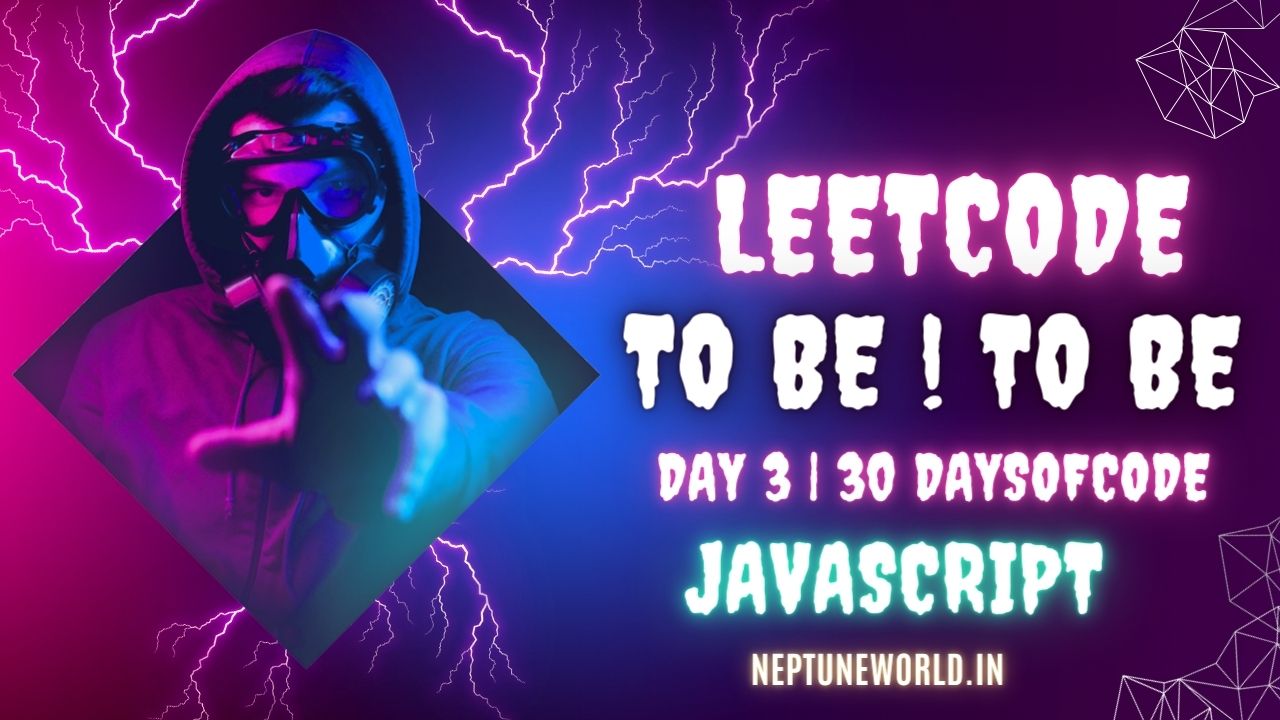 To Be Or Not To Be | #2704 | LeetCode Solution
To Be Or Not To Be | #2704 | LeetCode SolutionAuthor: neptune | 03rd-Sep-2023
#JavaScript #LeetCode
Write a function that helps developers test their code. It should take in any value and return an object with the following two functions...
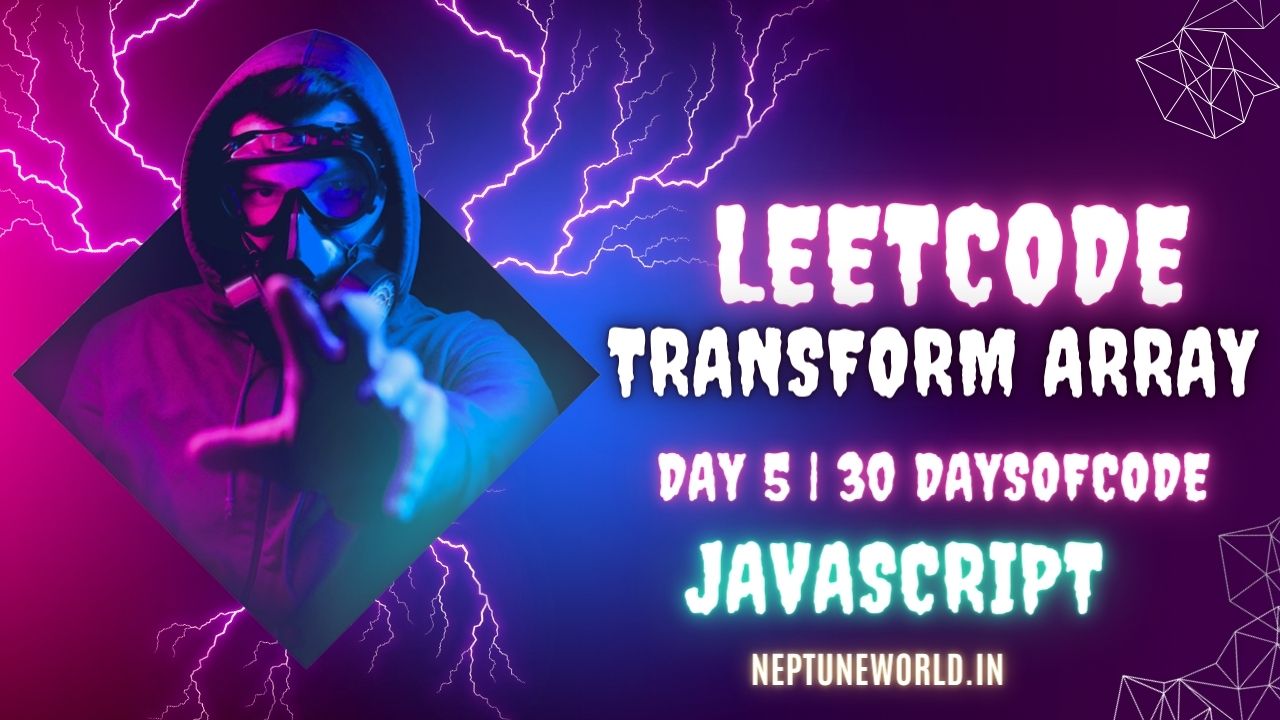 Apply Transform Over Each Element in Array | #2635 | LeetCode Solution
Apply Transform Over Each Element in Array | #2635 | LeetCode SolutionAuthor: neptune | 05th-Sep-2023
#JavaScript #LeetCode
Given an integer array `arr` and a mapping function `fn`, return a new array with a transformation applied to each element...
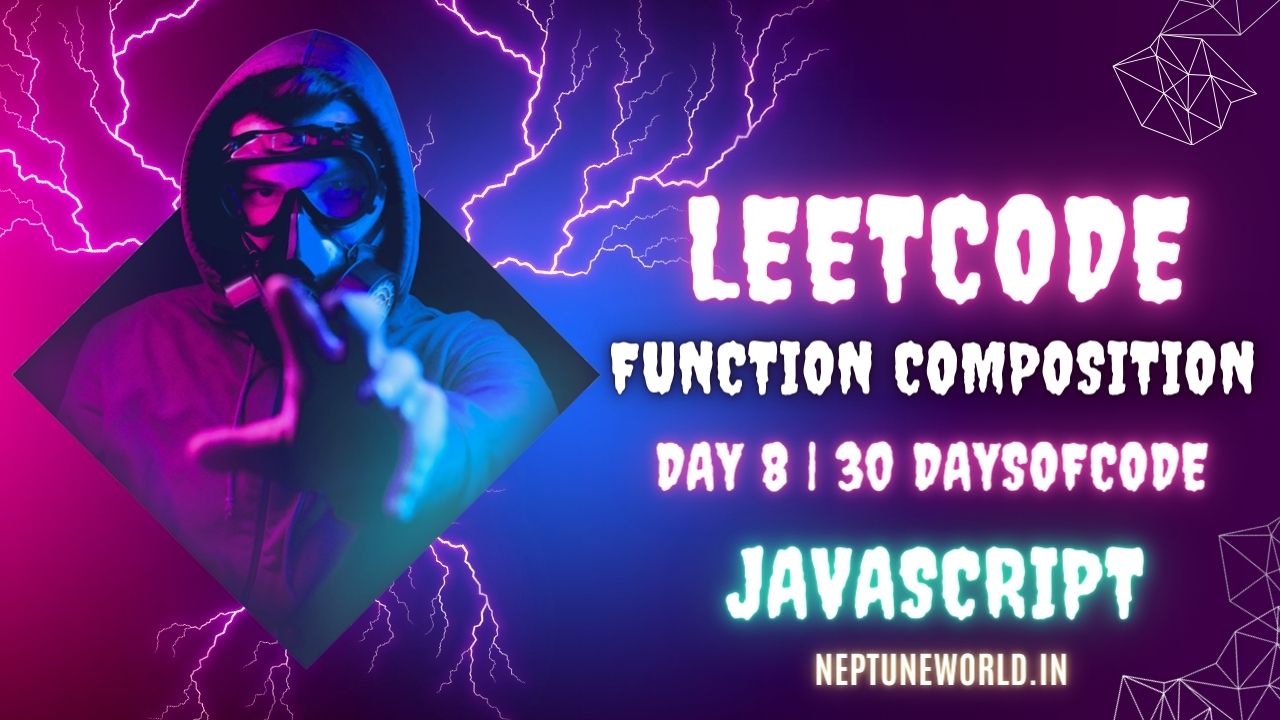 Function Composition | #2629 | LeetCode Solution
Function Composition | #2629 | LeetCode SolutionAuthor: neptune | 09th-Sep-2023
#JavaScript #LeetCode
Given an array of functions [f1, f2, f3, ..., fn], return a new function fn that is the function composition of the array of functions...
 Counter | #2620 | LeetCode Solution
Counter | #2620 | LeetCode SolutionAuthor: neptune | 02nd-Sep-2023
#JavaScript #LeetCode
Given an integer n, return a counter function. This counter function returns n and then n + 1, n + 2, etc...
 Different ways to handle state in React applications
Different ways to handle state in React applicationsAuthor: neptune | 21st-Jun-2023
#JavaScript #React.js
This article explores different ways to manage states in React, including local component state, context API, and state management libraries like Redux...
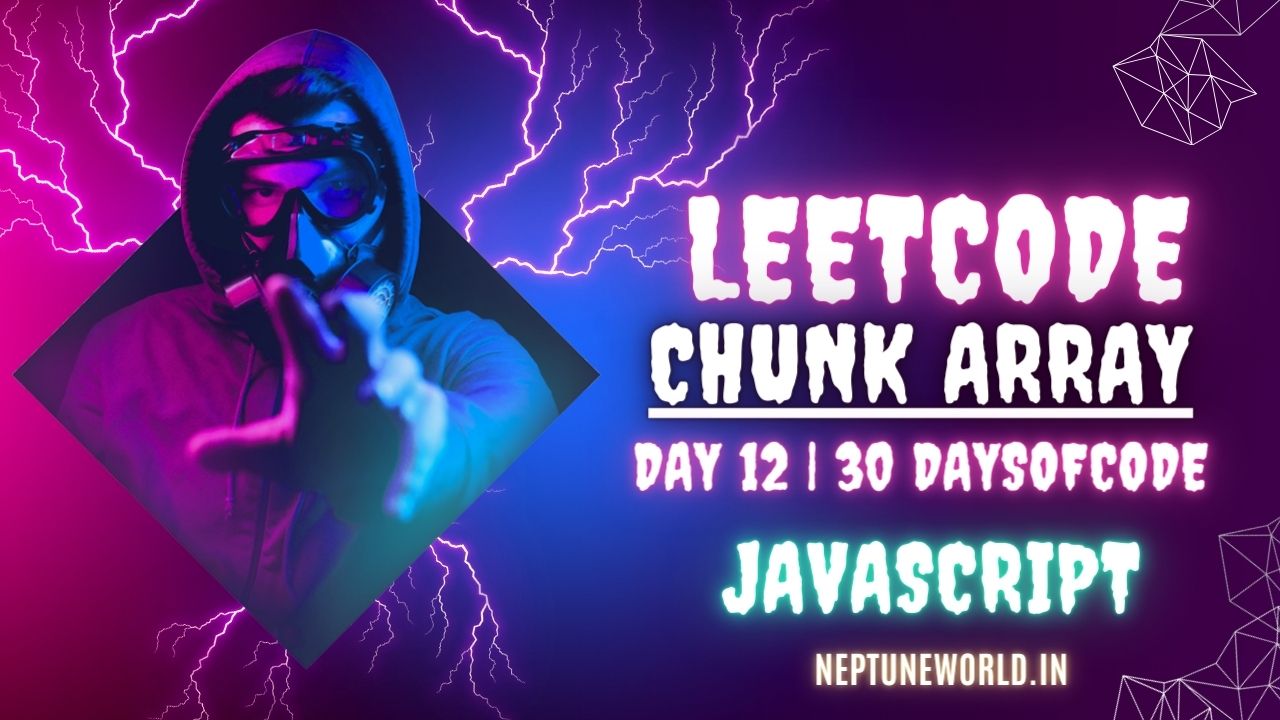 Chunk Array | #2677 | LeetCode Solution
Chunk Array | #2677 | LeetCode SolutionAuthor: neptune | 19th-Sep-2023
#JavaScript #LeetCode
Given an array arr and a chunk `size`, return a `chunked` array...
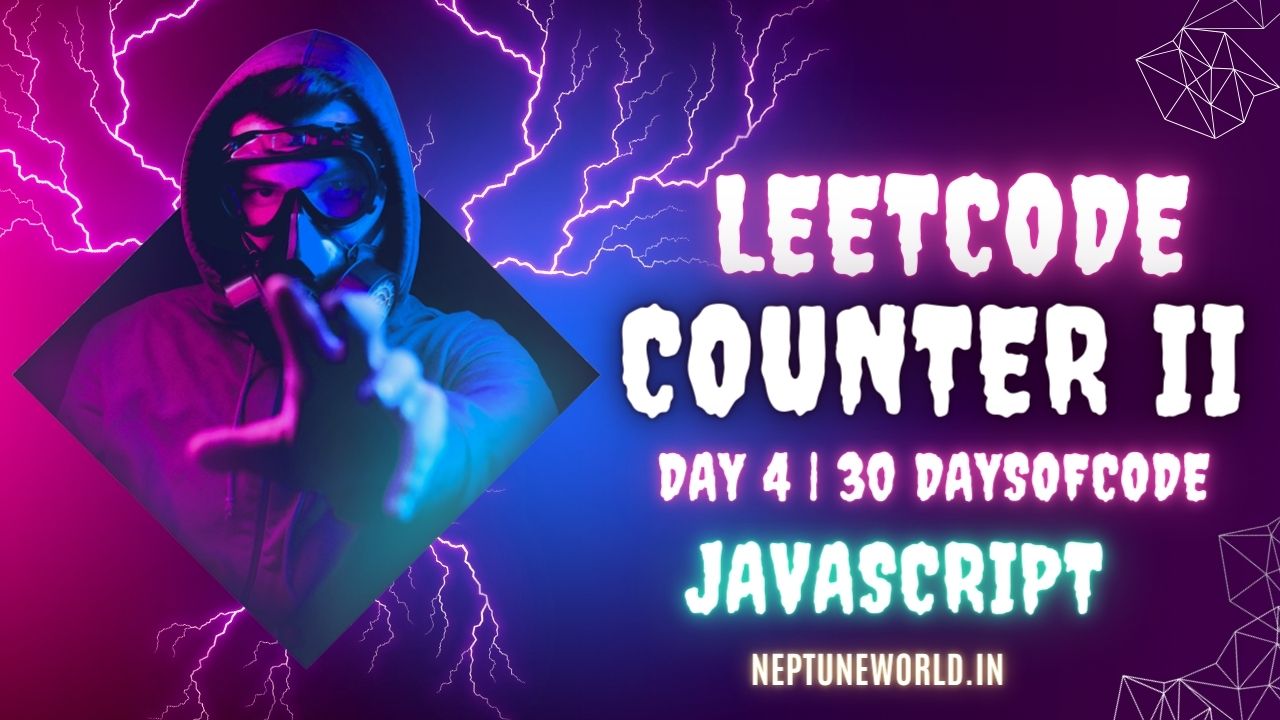 Counter 2 | #2665 | LeetCode Solution
Counter 2 | #2665 | LeetCode SolutionAuthor: neptune | 04th-Sep-2023
#JavaScript #LeetCode
Write function 'createCounter' It accept an initial integer 'init' It should return an object with three functions- increment() , decrement(), reset()...
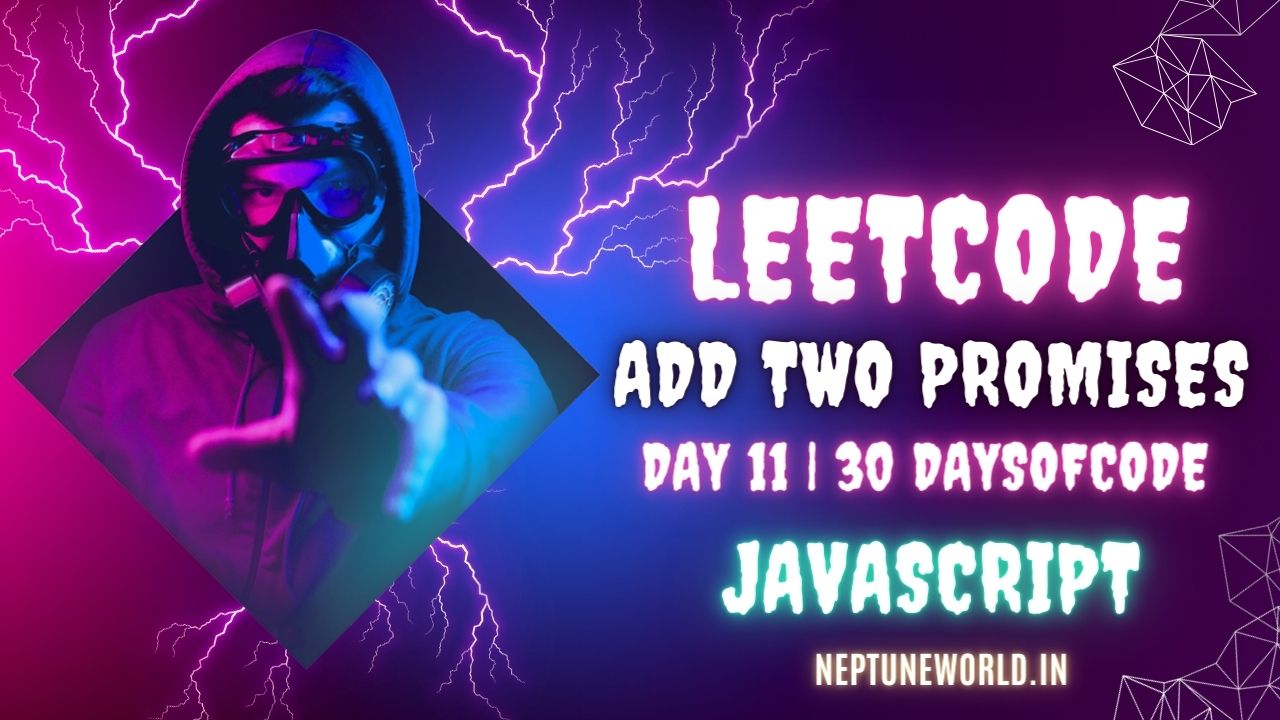 Add Two Promises | #2723 | LeetCode Solution
Add Two Promises | #2723 | LeetCode SolutionAuthor: neptune | 12th-Sep-2023
#JavaScript #LeetCode
Given two promises `promise1` and `promise2`, return a new `promise`. `promise1` and `promise2` will both resolve with a number...
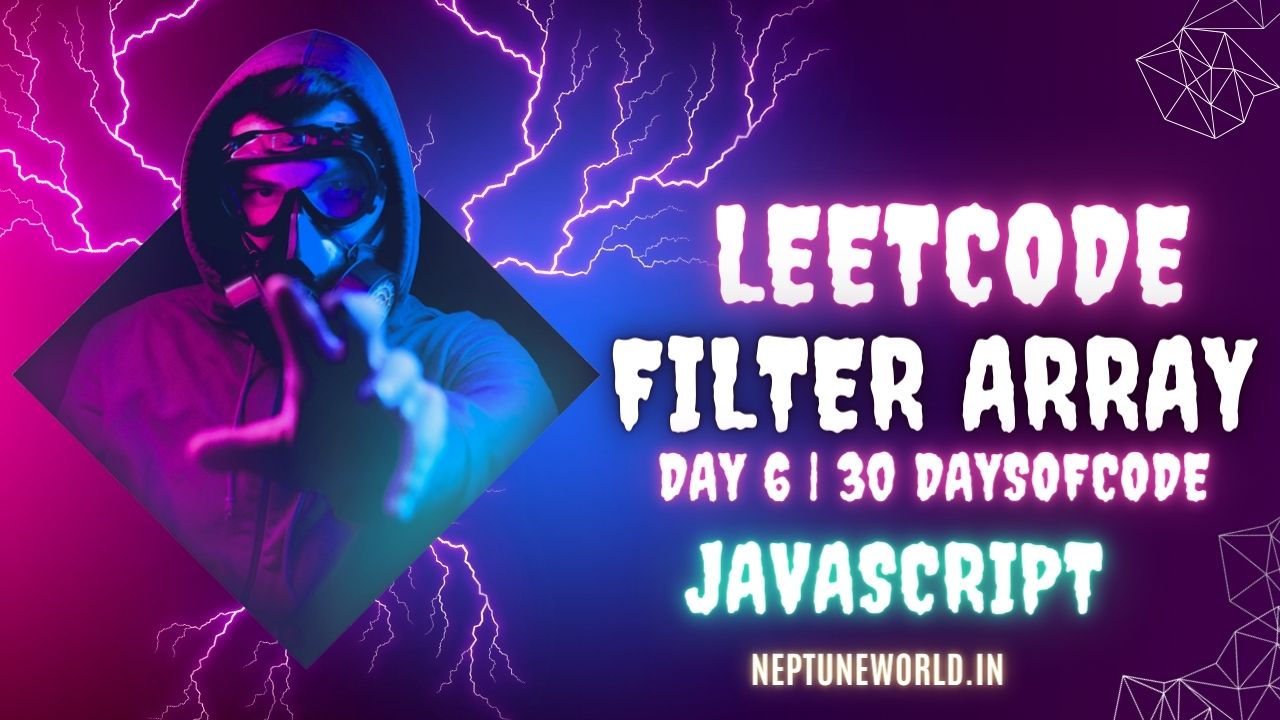 Filter Elements from Array | #2634 | LeetCode Solution
Filter Elements from Array | #2634 | LeetCode SolutionAuthor: neptune | 06th-Sep-2023
#JavaScript #LeetCode
Given an integer array `arr` and a filtering function `fn`, return a filtered array `filteredArr`...
 Arrow Functions in JavaScript | ES6
Arrow Functions in JavaScript | ES6Author: neptune | 26th-Mar-2023
#JavaScript #React.js
In this article, we will explore the syntax and usage of arrow functions in detail, along with some examples...
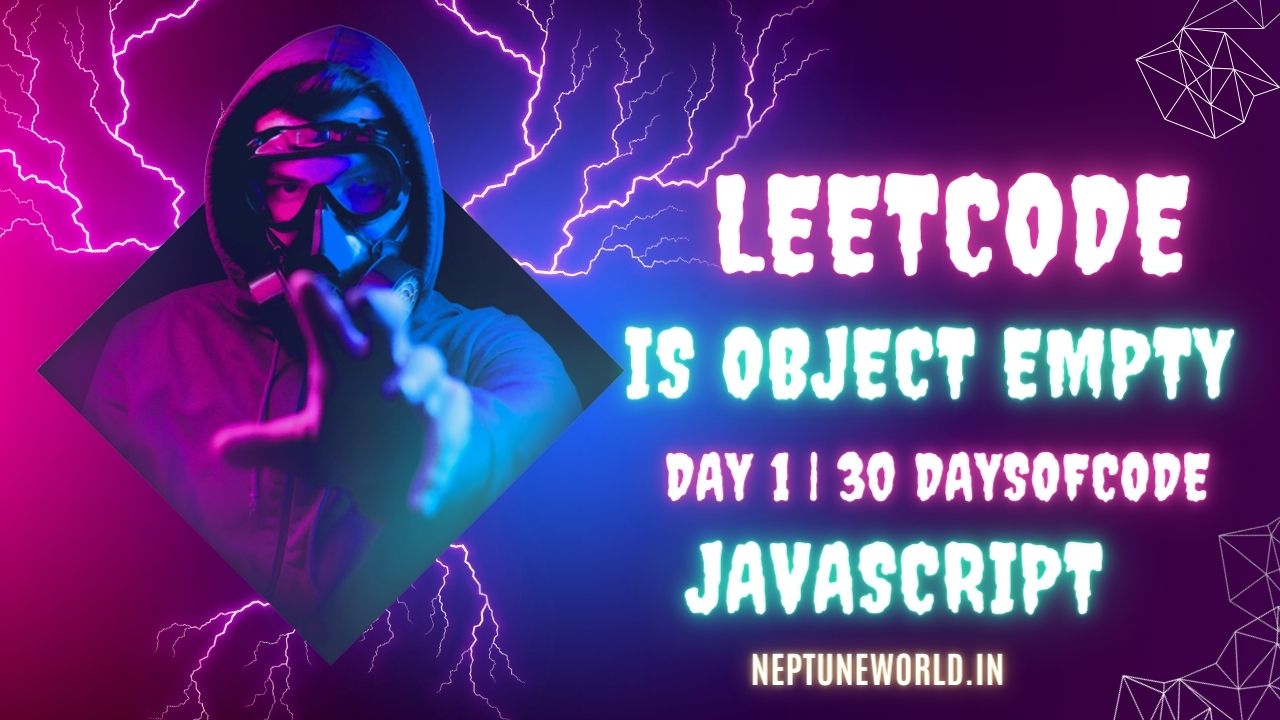 Is Object Empty | #2727 | LeetCode | JavaScript Solution
Is Object Empty | #2727 | LeetCode | JavaScript SolutionAuthor: neptune | 01st-Sep-2023
#JavaScript #LeetCode
Given an object or an array, return if it is empty...
 From REST to GraphQL: The Future of API Design
From REST to GraphQL: The Future of API DesignAuthor: neptune | 25th-Feb-2024
#JavaScript
Unlike traditional REST APIs, GraphQL provides a more flexible and intuitive approach to data querying and retrieval...
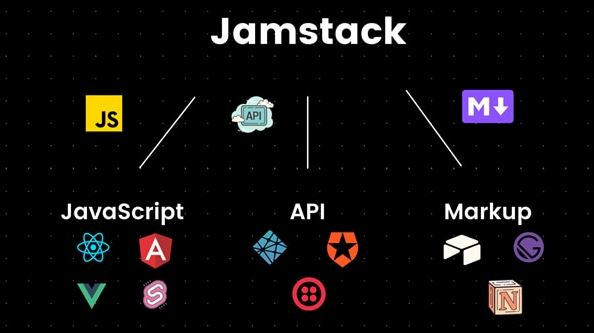 How I Built My Blogging Website Using React, Node.js, and Jamstack Architecture?
How I Built My Blogging Website Using React, Node.js, and Jamstack Architecture?Author: neptune | 31st-Jul-2024
#JavaScript #API
Building a blogging website using React, Node.js, and Jamstack architecture was a rewarding experience...
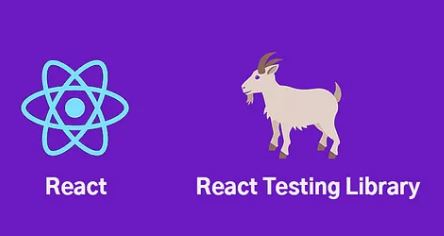 How to Perform Unit Testing in React Components with Examples?
How to Perform Unit Testing in React Components with Examples?Author: neptune | 25th-Jul-2024
#JavaScript #React.js
Unit testing in React is an essential practice to ensure the reliability and robustness of your components...
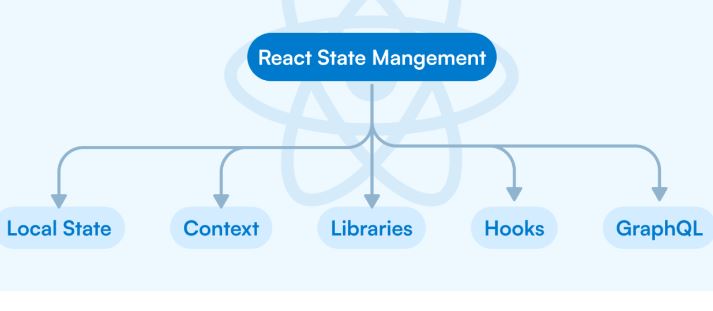 Do you know ! How to manage State in Functional & Class Components in React ?
Do you know ! How to manage State in Functional & Class Components in React ?Author: neptune | 25th-Jul-2024
#JavaScript #React.js
State management in React has evolved significantly with the introduction of Hooks...
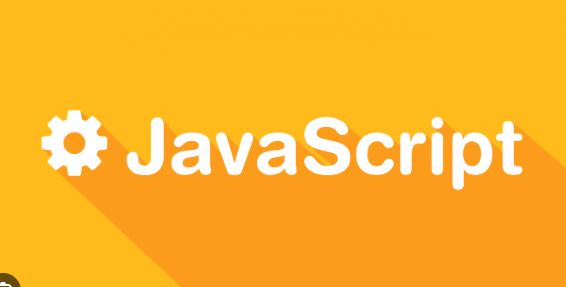 A Guide to Writing Clean, Readable, and Maintainable Code in JavaScript
A Guide to Writing Clean, Readable, and Maintainable Code in JavaScriptAuthor: neptune | 23rd-Feb-2024
#JavaScript
By incorporating these principles into your coding practices, you contribute to creating code that is not only functional but also maintainable and easily understandable by your peers...
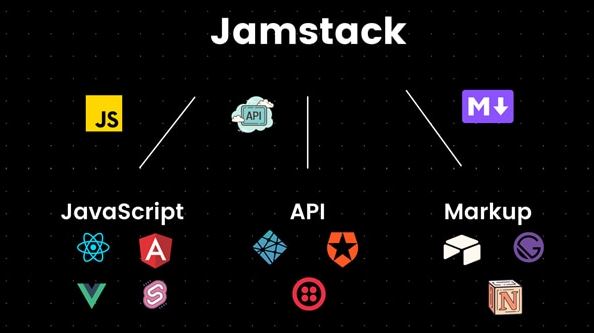 How to Get Started with Jamstack: A Comprehensive Guide?
How to Get Started with Jamstack: A Comprehensive Guide?Author: neptune | 05th-Jul-2024
#JavaScript #API
Getting started with Jamstack involves choosing the right tools, setting up a structured development environment...
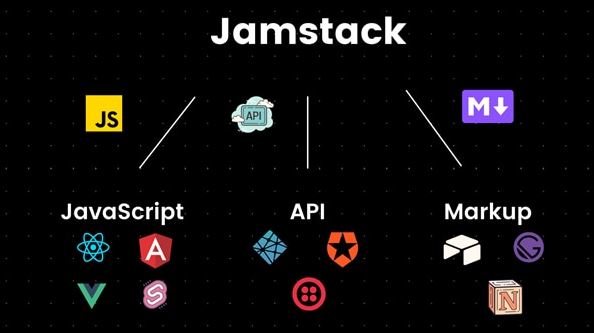 Why, What, and When: Understanding Jamstack?
Why, What, and When: Understanding Jamstack?Author: neptune | 05th-Jul-2024
#JavaScript #API
Jamstack represents a modern approach to web development that addresses many of the challenges faced by traditional architectures...
View More